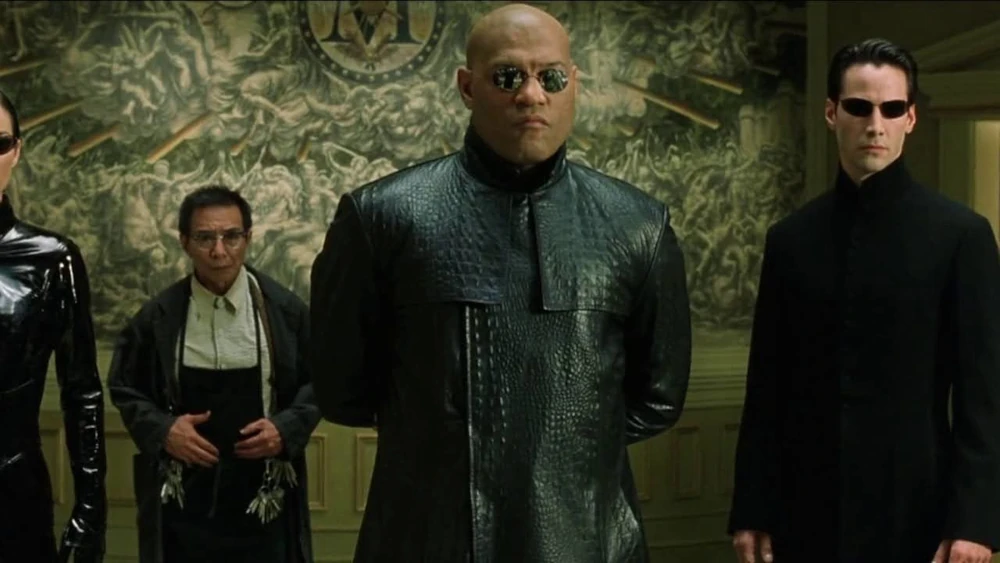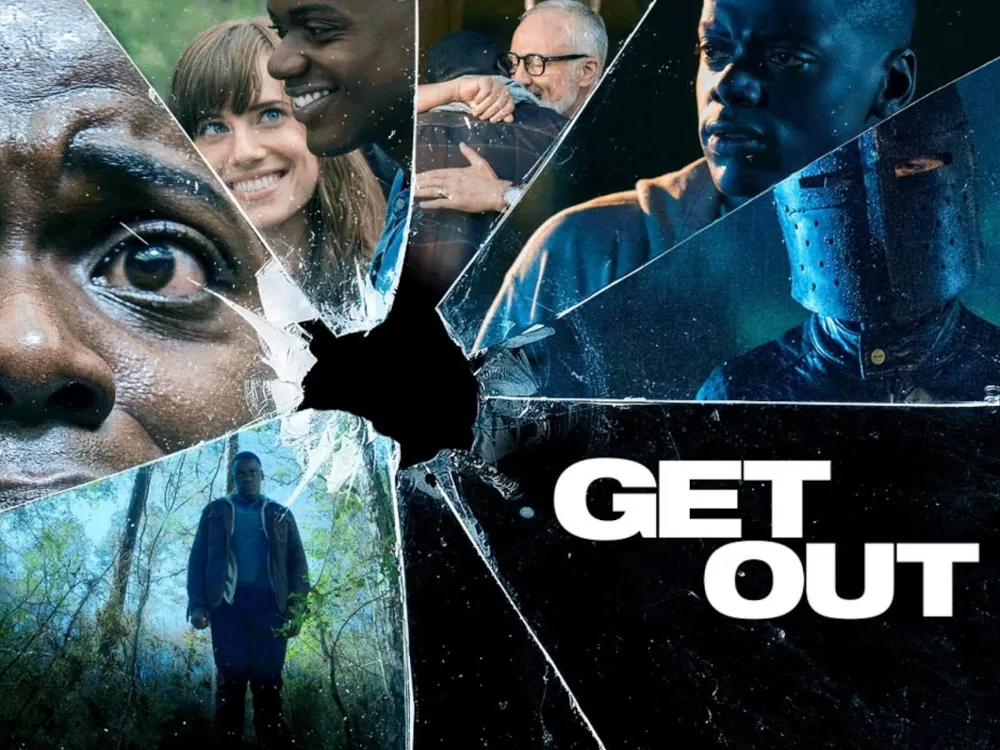
How to Write a Winning Film Pitch in 2025?
Film has become more competitive than ever by 2025, with thousands of filmmakers, writers, and creators vying for attention. Whether you are a young screenwriter, an old hat filmmaker, or someone just starting a filmmaking career, pitching your film to producers, agents, and studios is one of the most critical steps in making that vision a reality.
What is a Film Pitch?
Essentially, a film pitch meaning can be summed up as a brief and interesting presentation of one’s film idea meant to convince producers, studios, or investors to fund or support the project. Sell the idea; it’s mainly around presenting the significant things that make a film marketable, appealing, and distinct.
Film Pitch includes:
- The Logline
- The Story
- The Characters
- The Tone and Style
- The Marketability
The pitch can be delivered verbally or in a written format.
The Impact of a Pitch
The emotion behind the pitch is felt deeply in the film industry, for it leads to project financing, production, and/or distribution. Pitching, as an initial step in this decision-making process, paints for producers, investors, or a studio a clear picture of the project and its viability for success.
An attractive pitch is capable of appraising the marketability of the film prior to stakeholders and investors, articulating the audience, genre, and commercial prospects-all of which meld the stakeholders with a surety of financial returns.
How to Write a Film Pitch
-
Start with a Strong Hook
Your opening line is pivotal for any pitch. You must grab the reader’s attention from that moment on, much like an elevator pitch. Keep it short, punchy, and mysterious. The hook encapsulates the entire essence of the work in one nail-biting sentence.
-
Craft a High-Level Synopsis
Post-hook, it will be time to include a synopsis that will basically give a general view of the story in one paragraph. This will include the central theme, all the major characters, and the most important conflict. This should be so short; however, it should be such that readers feel the stakes of the story. What does the protagonist want? What is at stake? The summary must be clear and compelling.
-
Highlight the Unique Selling Point
Your film needs to shine among hundreds in the flooded marketplace. What sets your project apart? A unique concept, a brand new twist to an old genre, or a fresh way of telling it? Take into consideration the trends that will dominate the industry in 2025: audiences go for movies that feel fresh and real.
-
Introduce the Key Character
Since the audience first establishes a connection with the characters in a film, they must be clearly introduced. Hence, describe the protagonists, antagonists, and key supporting characters in two or three sentences about their motivations and arcs. Make them relatable, complicated, and exciting.
-
Show the Tone, Style, and Genre
Knowing the tone and style of your work is very significant. This gives producers and agents an idea of how your film will look and feel. Is it ominous, moody, and atmospheric? Is it a fast ride with a thrill? Or is it emotionally intense? Be very clear about your film’s genre and tone while trying to invoke that very visual and emotional atmosphere you are aiming for.
-
Outline the Structure
Mostly, all film pitches are supposed to outline the three divisions-act such as beginning or opening, middle, and ending; it should introduce the world and the main conflict in the beginning, complicate the middle, and give resolution or suggest an unresolved issue at the end.
-
Identify Your Target Audience
In this contemporary market, it is vital to know who will be watching your film. In the year 2025, the audiences are quite mixed, and we need to be able to tell our investing companies what demographics would consider the film a success. Are you looking at horror junkies, young audiences, or indie film enthusiasts? Be very specific.
-
Mention Influences and Comparable Films
When it comes to assessing the commercial viability of the film, producers and agents are constantly looking for familiar touchpoints. The inclusion of films or directors that refer to similar themes, tone, and/or style publicly shows what sort of film you are making. Don’t just stick to classic films but also discuss more recent efforts that have done well in the same or in the sub-genre you’ve chosen.
-
Emphasize Market Trends and Relevance
If you are a follower of the film industry, you have seen how it changes from time to time. Feasibly, such shifts in the film industry come because of the corresponding issues of the time, changes in society, or the needs engendered by the evolution of new technology. It is from here that one can appreciate how a film being made gives a timely reflection of the current movements in the market.
-
Conclude with a Strong Comparable Statement
Seal your pitch with a bang. Keep your unique selling points in mind for your film and make sure the reader is wanton for more. This is your last shot to dazzle the reader and keep everything else in the background.
Film Pitch Examples
“Jaws”
Pitch: “A giant shark terrorizes a small beach town.”
The pitch was simple but compelling: a suspenseful scenario where a shark lies in wait in the water. That was sufficient impetus for Universal Pictures to greenlight the Steven Spielberg thriller, which went on to become one of the first true summer blockbuster films.
“The Matrix”

Pitch: “A hacker learns the world he lives in is a simulated reality, and he’s the key to saving humanity.”
The Wachowskis prepared a proposal that featured philosophical and action elements combined with some jaw-dropping visual effects. That unique mix of thoughtful sci-fi and cutting-edge technology led to great success.
“Get Out”

Pitch: “A Black man visits his white girlfriend’s family and uncovers disturbing, terrifying secrets.”
It was unique: a proposal from Jordan Peele marrying horror and social commentary with elements of a race experience that had never appeared in the genre before. Production companies were taken in, turning it into something cultural.
What are Current Industry Pitch Trends
By the year 2025, the film pitch landscape is going to evolve dramatically. Gone are the days when pitching construction banks on creativity alone. Here are the major trends defining pitches in the industry:
High-Concept and Genre Films: Films with a strong concept and an inherent affinity to specific genres-in particular thrillers, horrors, or sci-fi-have proven to be very marketable for their audiences.

Diversity and Inclusion: There is an increasing call for films that feature voices outside the boundaries of their representation, highlighting social issues and evident representation with regard to inclusive storytelling.
Technology and VR: With fast-moving technology, the broad category of immersion holds as much potential for future audiences as VR, AR, and interactive experiences.
Global Marketability: Streaming has become a crossroad for films: it is now necessary for a film to possess a certain degree of internationality. There are patently universal themes and culture-adaptable contents.
Streaming Platforms:Original, character-driven content is favoured by these platforms, especially with mid-budget features aimed at niche audiences. Make sure your streaming pitch aligns with what these platforms prioritize.
Social Media Buzz: A film’s market value can significantly increase if it has an online fanbase or such a strong social media following; it proves that the audience is built in.
Environmental and Social Responsibility: It is becoming increasingly necessary that both what is contained in films and how films are produced communicate themes of sustainability and social conscience.
True Biography: There is a growing market referred to as “the personal story,” as most people now want to have their messiness reflected in emotional identification with audiences.
Additional Tips for a Winning Pitch
- Be Passionate and Confident
- Keep it Concise
- Visualize the Film
- Be Prepared to Answer Questions
- Tailor Your Pitch
Understanding BTS in filmmaking also helps clarify production logistics and align your pitch with practical on-set realities.
Final Thoughts
In 2025, writing a pitch that wins for films means understanding the rules of the current game as well as balancing creativity and marketability. A great pitch is where you tell your story while explaining very clearly why such a story is a compelling project for this time. Strong characters, an interesting idea, a well-defined structure, and current trends in the marketplace would raise the odds of being captured by the industry’s most influential decision-makers for funding or distribution.
FAQs
How long should a film pitch be?
A film pitch should be concise and to the point—ideally between 1-2 pages.
What makes a film pitch stand out in 2025?
To stand out in 2025, a pitch should be original, relevant, and aligned with current trends.
How do I write an effective logline for my film pitch?
An effective logline should be that one-sentenced summary worth the weight of the story. It should give a brief introduction of the protagonist, the central conflict, and all the stakes attached. It needs to be clear and compelling and designed to spark curiosity.
Should I include a budget estimate or market plan in the film pitch?
You don’t need to include a detailed budget or a full marketing plan in your initial pitch; it’s helpful to be aware of your film’s potential production costs and audience appeal.

